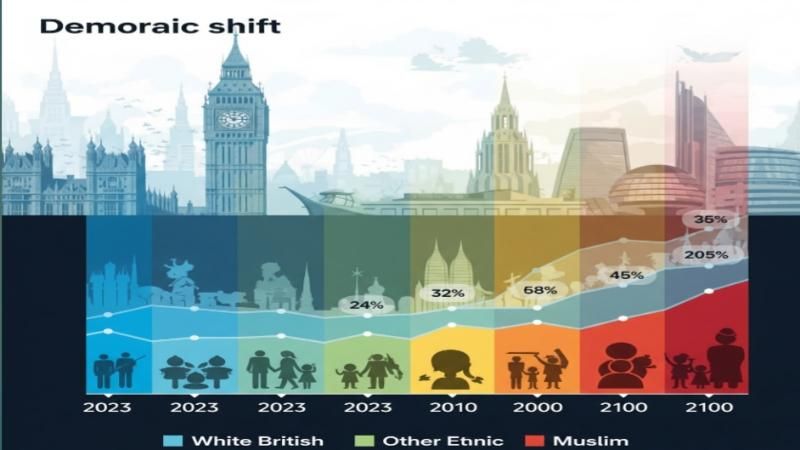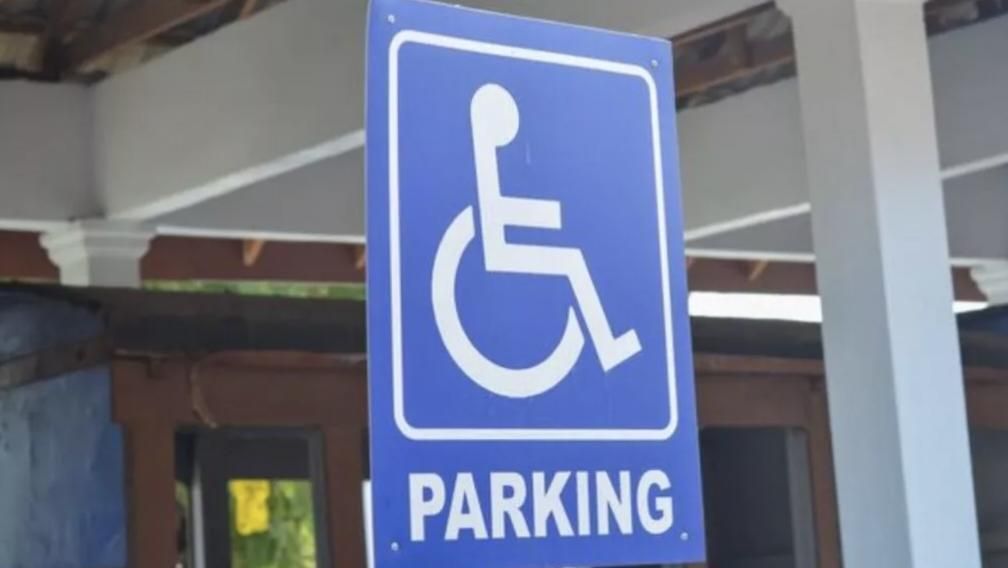Marina Tabassum, the first South Asian architect to design London’s prestigious Serpentine Pavilion, is having an extraordinary year. While her installation is set to open in Hyde Park on June 6, she began designing it amid a period of major political upheaval in her homeland, Bangladesh. Following the fall of a 15-year dictatorship, Tabassum was appointed to oversee five national museums and tasked with establishing a new institution dedicated to the uprising.
Known for her deep commitment to local culture, materials, and communities, Tabassum has long practiced architecture that reflects the realities of Bangladeshi life. When she began working in Dhaka in the 1990s, the city had around 8 million residents. Today, it houses over 24 million, with mounting infrastructure challenges. Amid a worsening housing crisis, she’s resisted the concrete high-rises common in urban development, instead favoring natural, sustainable materials like wood, mud, and brick.
Through the Foundation for Architecture and Community Equity (FACE), which she founded in 2018, Tabassum develops low-cost, modular homes for vulnerable communities living on flood-prone river islands—known as chars. These areas are constantly threatened by erosion and climate change, forcing residents to relocate often. In response, she created the Khudi Bari, a flood-resilient, two-level house that locals can build themselves under guidance. It’s designed to let water flow through during floods, eliminating the need to evacuate entirely.
The community’s participation is central—they provide labor and time, while FACE supplies materials like wood and essential steel connectors. This model has empowered residents to reclaim a sense of pride in their homes, leading to personal customizations and a renewed sense of ownership.
Tabassum's work on the Serpentine Pavilion draws from similar values. The design echoes the South Asian shamiyana—a traditional, tent-like structure used for social gatherings—emphasizing lightness, temporality, and connection to nature. "It’s about how people live in fragile, natural materials that must be renewed often,” she explains. “Their beauty lies in how they’re used.”
As the newly appointed chair of Bangladesh’s National Museum board, she is also leading efforts to safeguard the country’s rich but often transient cultural heritage, such as pattachitra scroll paintings, nakshi kantha embroidery, and terracotta sculptures. These art forms shaped modern Bangladeshi masters like Zainul Abedin and Quamrul Hasan—and now, thanks to Tabassum, are receiving the institutional attention they deserve.
“Folk art isn’t stuck in the past,” says Marina Tabassum. “While some of the craftsmanship has declined, these traditions have remained alive through continued use.” Her most pressing task now is to ensure that Bangladesh’s delicate and valuable cultural artifacts—many held in state museums—are properly documented and curated. “Our museums hold incredible collections, yet the public rarely sees them because around 90% remains locked away in storage,” she explains.
In Bangladesh, where financial constraints are severe, museums have long been sidelined. But the situation is dire even by those standards. Many galleries operate without professional curators, storage facilities lack climate control, and some museums don’t even have formal inventories. “The first step is to improve how collections are cared for and recorded,” says Tabassum. “Then we can focus on meaningful curation.”
Bangladesh possesses a remarkable trove of modern art—painting, printmaking, and sculpture—that rivals the major movements of Asian modernism. While international collectors are only beginning to take notice, these works have languished domestically for decades, hidden in state-run archives. The reasons behind this neglect are tied to broader systemic issues: corruption, political interference, and institutional decline.
Tabassum is determined to change that. “This is our cultural identity—our legacy. Preserving it is a responsibility we can’t ignore.” But her efforts are challenged by limited funding and a sluggish, often uncooperative bureaucracy. For someone who has always prioritized architecture with social impact, restoring Bangladesh’s museum system may be her most important challenge yet.

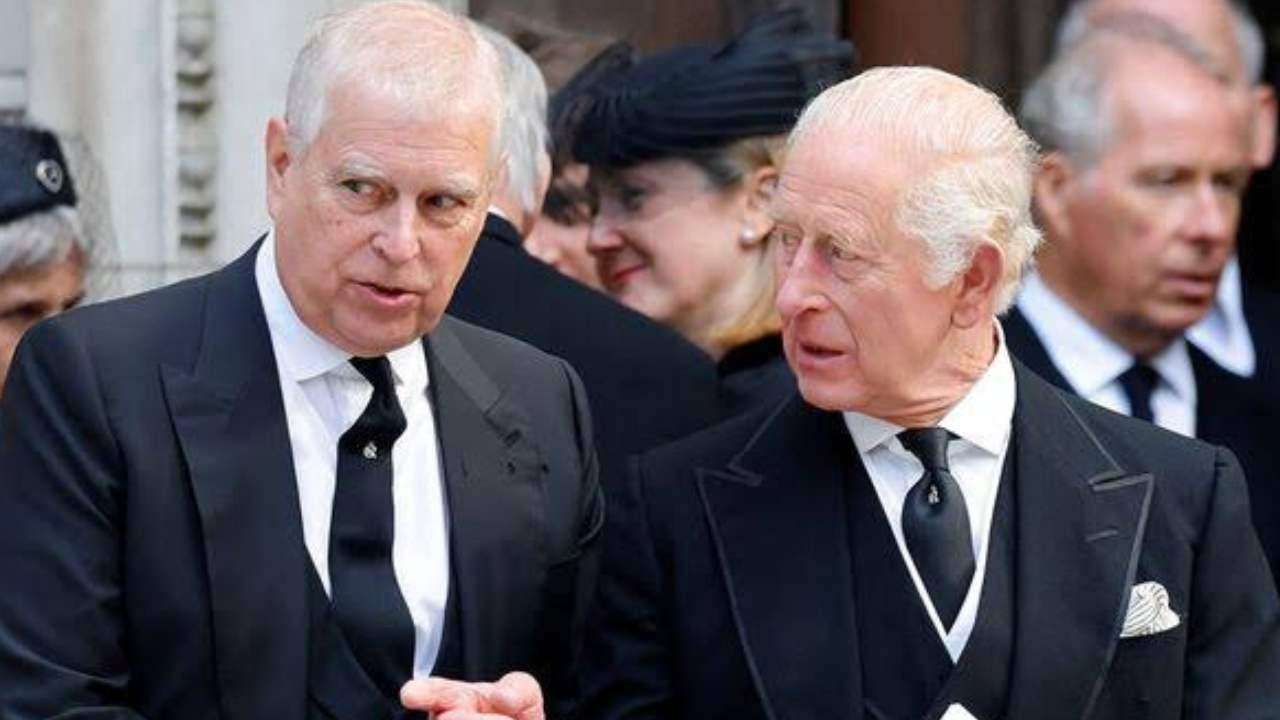
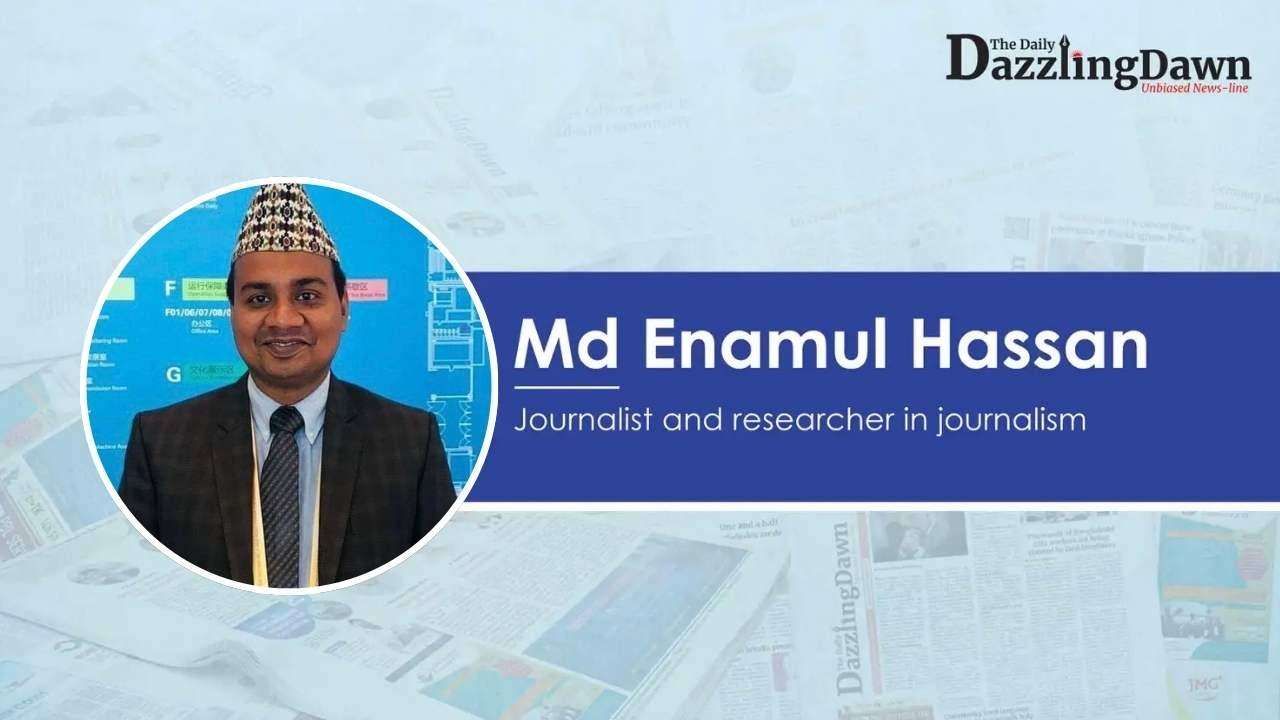
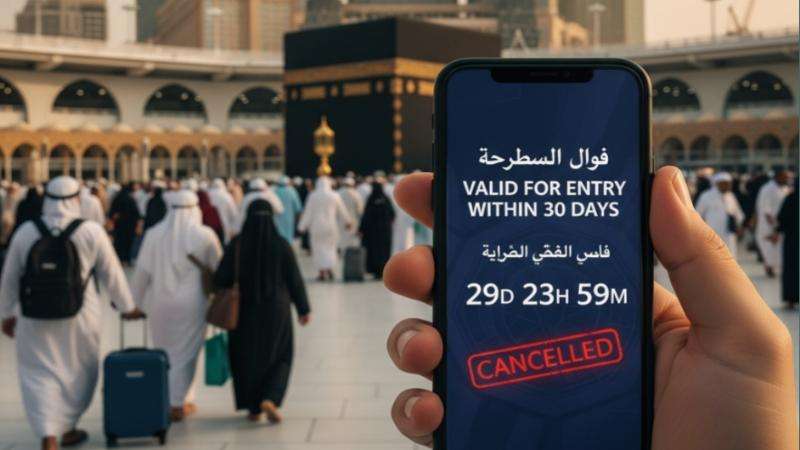




.svg)

